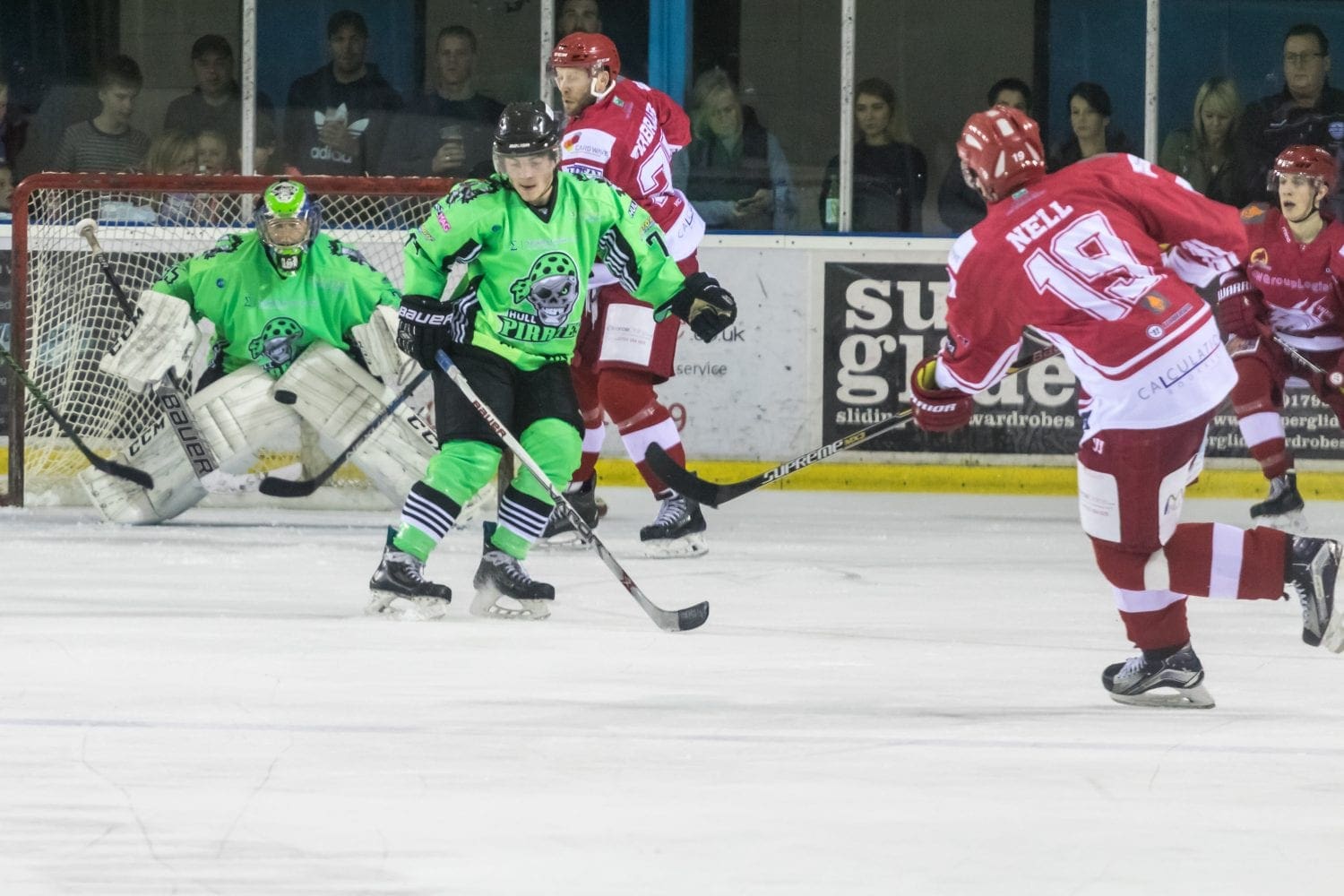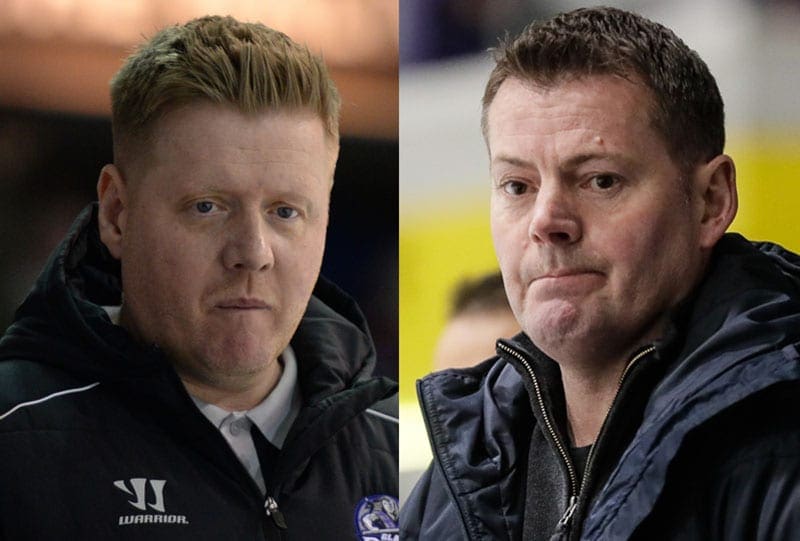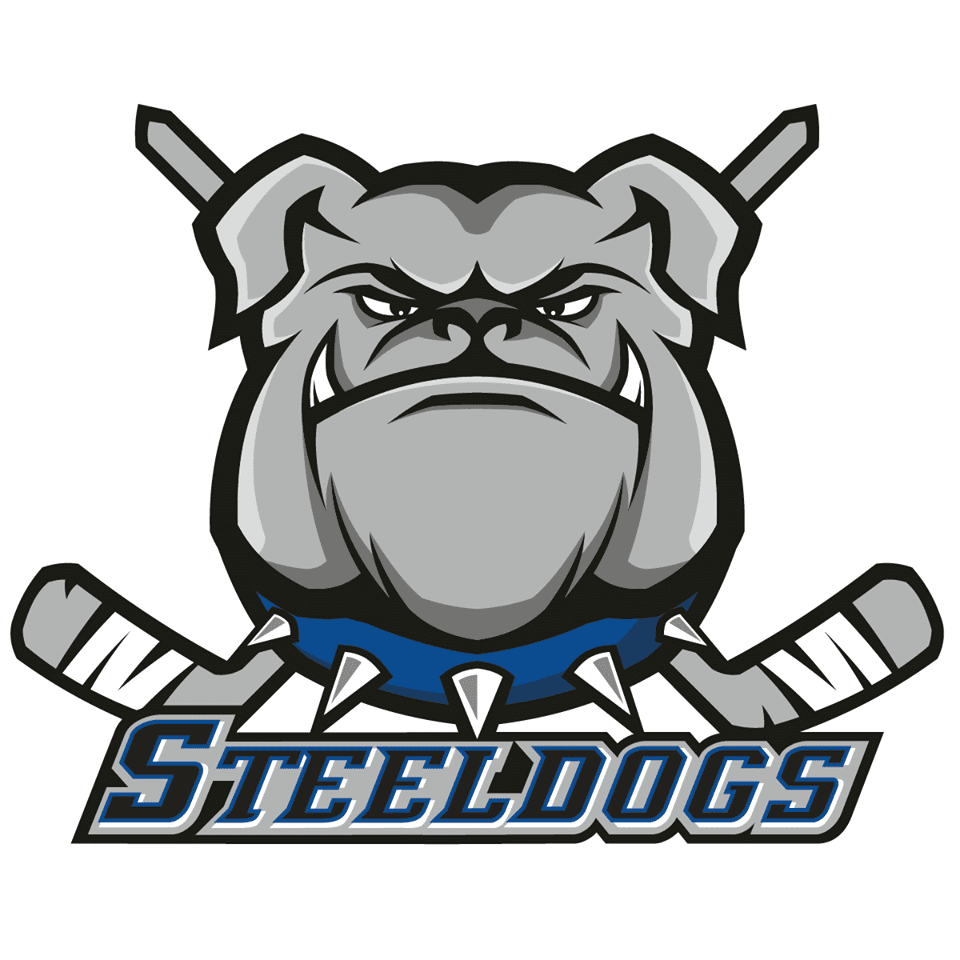As exclusively revealed by Rink Mole on BIH, the EIHA had suggested to the seven remaining teams planning on forming the PIHL that they should look to apply to the NIHL for next season.
There are some good reasons for this – the perception of financial instability that surrounds the PIHL and the doubts that there would be enough teams to actually form a viable league being the two main considerations.
PIHL teams quickly broke cover after the revelations, with both Swindon Wildcats and Hull Pirates announcing they will be applying to join NIHL1 for the 2017/18 season.
While it could be assumed that PIHL teams would request a slot in NIHL1 – North or South – there are no guarantees they would be accepted into the now de facto second tier of British Ice Hockey – something discovered by both Chelmsford Chieftains and Slough Jets in recent years.
Richard Carpenter, the manager for the National Ice Hockey League, outlined the application process to BIH.
“An applicant team contacts the LMC then makes an application to join by sending an email to the regional chair,” said Carpenter.
“Typically, this is done after a process of informal consultation working to ensure that an application would be credible.
“The LMC vets the application to ensure that it’s credible based on four criteria:
- Holding an ice time agreement with a rink operator
- Information on the coaching structure that will be implemented.
- Confirmation that sufficient players are interested to play for the side
- Information that the club has considered the financial implications of the application
“The LMC may consult other sections of the EIHA as well to see if an application would have an adverse effect on another section.
“Following this, the LMC would approve the request and then place the item on the agenda for the section meeting to be discussed by the teams.
“Each team would make a short statement at the meeting and offer an opportunity to member clubs to ask questions on the application.
“A vote would be held of all teams within the section of the NIHL. By convention, Northern teams do not vote in Southern matters and vice-versa.
“Currently, the Southern section meeting is scheduled for Sunday, 7th May. NIHL North has indicated to its clubs that it expects to hold one in June.”
That’s fairly simple and straightforward. Each team would also need to accept the NIHL rules of competition – a comprehensive document currently standing at 35 pages and containing all the relevant information to successfully run a league competition.
However, to partially quote Newton’s third law of physics utterly out of context – for every action, there is an equal and opposite reaction.
In this case, what would those reactions be?
Whether this is shared by the team owners is unknown, but certain vocal elements of the NIHL fanbase have been adamant – and quite reasonably so – that the incoming teams would have to conform to NIHL roster regulations.
Despite this, it’s not difficult to imagine an influx of teams still having significant effects on the current leading NIHL teams.
While there would be a further cut in numbers of non-British trained players from three to two, there is no question that the quality of Brits in the newly joining clubs will be higher than currently seen in NIHL.
This will manifest in a similar situation as was seen during the crossover cup, where EPL teams took on invited NIHL1 sides, and in most cases racked up one-sided scorelines.
In order to combat this, the current NIHL teams may find themselves feeling forced to break out the cheque book in order to tempt higher quality players into the league.
This in turn could lead to a repeat of history, when the former BNL teams joined the EPL, which at that point was the third tier in Britain.
This is a situation that the team owners of the Chelmsford, London Raiders and Invicta Dynamos in particular would be very familiar with, having left the EPL over the years due to increasing financial pressures.
It is very likely that these pressures, already building of their own accord due to the growing competition over a decreasing pool of players in the south east of England, will be felt very keenly by clubs such as Bracknell Bees where it has been previously reported that money is tight.
That pressure is likely to be felt by the arriving teams as well. A move to a perceived lower league is likely to cause a reduction in sponsorship potential.
From brands being seen all over the country to being seen just regionally is likely to have a negative impact on the attractiveness of advertising as a sponsor, even if the reality is that those sponsor panels are actually only likely to be seen by a small number of people anyway.
In turn, this will lead to a round of cost-cutting as older, more expensive players decide to call time on their careers, or decide to reduce the travelling time.
So how would this affect the league structure?
Initially, if the NIHL took the hard line that any applicant team without an affiliated club in D1 had to start in D2, there would be a run of rather one-sided games in that league as the former EPL teams fought for promotion.
However, it should be noted that promotion under the current rules is not guaranteed. In 2014/15 Slough quit the EPL and just iced their NIHL2 team.
The Jets had a fantastic season, losing only once, but lost out to Bristol Pitbulls in the play-offs and missed out on promotion. They have remained near the bottom of the league since.
It is believed that as of the beginning of the 2017/18 season, if nothing changes, that D1S may look as follows:
Bracknell Hornets
Cardiff Fire*
Chelmsford Chieftains
Invicta Dynamos
London Raiders
Milton Keynes Thunder
Oxford City Stars
Peterborough Phantoms**
Solent Devils
Streatham IHC
* Believed to have been invited after winning NIHL2S (West)
** Believed to have been invited after winning NIHL2S (East) – recently rebranded from Peterborough Islanders
Swindon, who have applied to join D1S, have a good D2S team already. With Peterborough Islanders rebranding to the Phantoms, it appears a spot in D1S is a viable option, with the possibility of a second team to be entered into D2S.
This would leave Bracknell Bees who, while they work with the Hornets, are a separate organisation and would probably have to apply via D2S if they continue.
The only other question mark would be Basingstoke. The Bison and Buffalo organisations are not affiliated in the same sense as the EPL Wildcats and the NIHL Wildcats, however, they do work together and are aligned in a structured development pathway.
This could be disrupted should the Bison be forced to compete in D2S, something that the criteria to join the NIHL specifically seeks to avoid.
Looking to NIHL North, it is rumoured there is a proposal for NIHL 1 & 2 to merge so Hull, Sheffield Steeldogs and Telford Tigers would join a single league structure.
However, it’s likely this new development would make this proposal unworkable, so there is plenty for the northern teams to discuss when they get together.
There will probably be a ripple effect, with the fringe D1 players finding themselves surplus to requirements looking to play in D2 instead.
In the south this could be a boon to sides such as Slough or Lee Valley Lions, who may find that former players make their way home, however the influx of teams that could be looking to recruit NIHL players could see the viability of these teams erode further still.
One thing is for certain, the landscape of the structure and teams as we see them now is likely to change significantly over the next few months.
(Image permission: Steve Bird)














